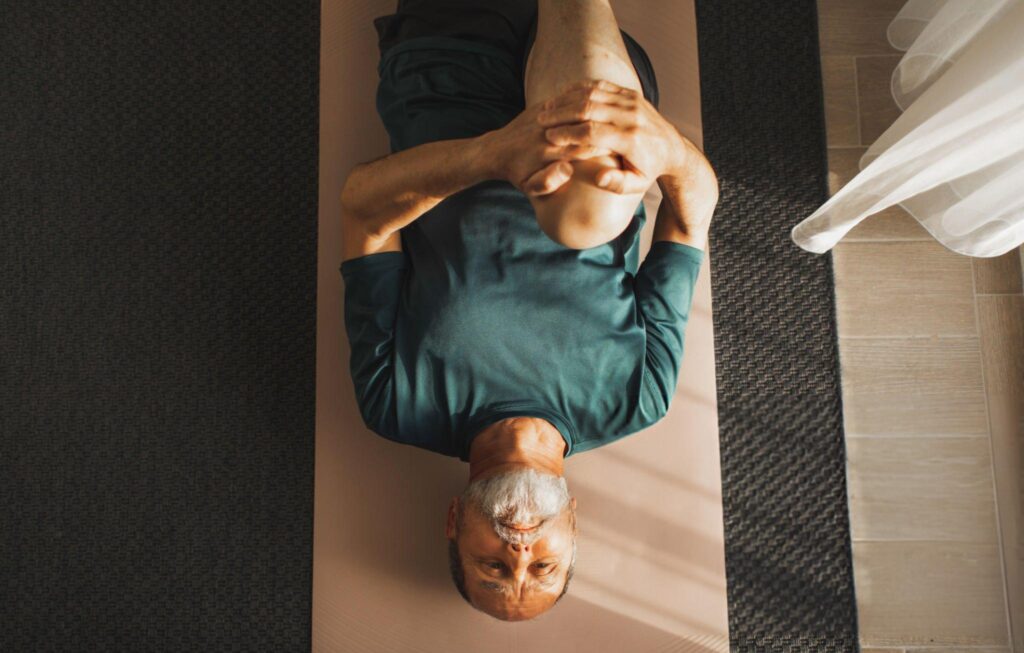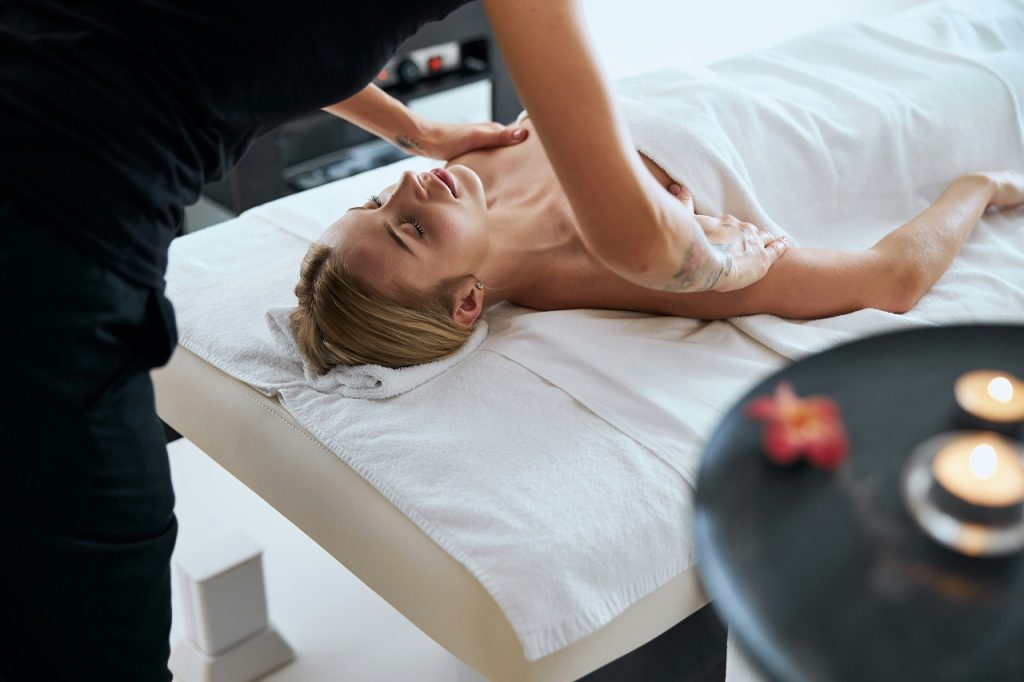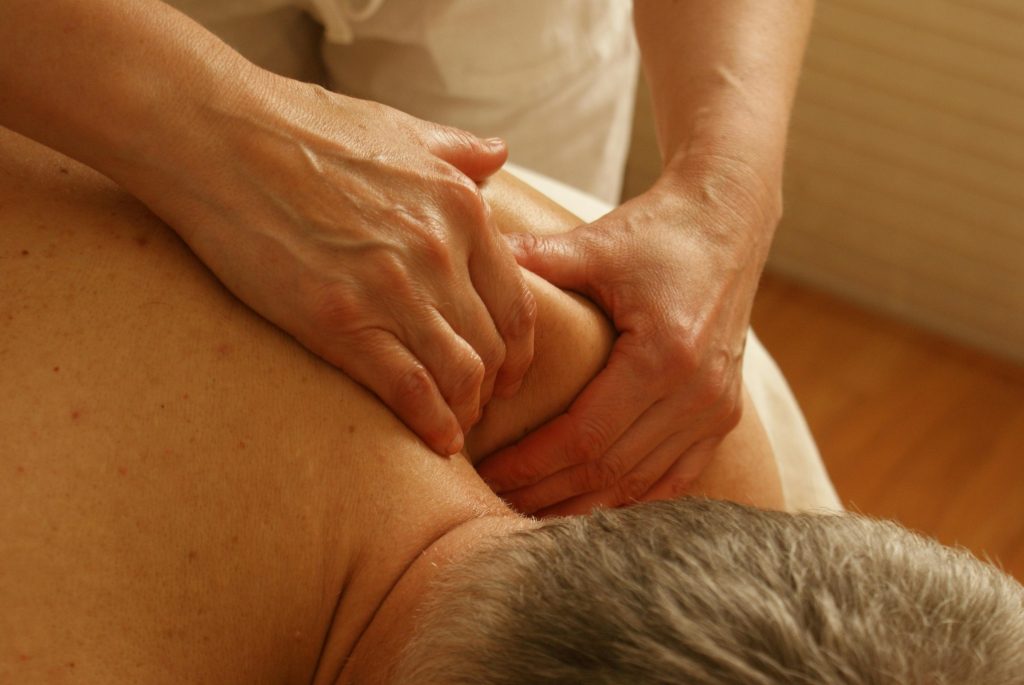Traditional Thai massage has been around for a long time, and its benefits keep drawing in people who want more than just physical relief. It follows a flow of gentle pressure, long stretches and rhythm-based movements that can unlock tension and help the body feel lighter. One of the defining features of traditional Thai massage is how closely it links movement and stillness. It doesn’t just focus on muscle tightness but aims to ease the entire body and mind as one.
To make the most of this experience, adding intentional stretching to the mix can be a great way to help your body respond even better. These movements aren’t about working up a sweat. They’re slow, steady and focused on giving your body the support it needs before and after a session. Whether you’re trying to refresh your routine or ease into better mobility, a few thoughtful stretches can really make a difference.
Understanding Traditional Thai Massage
Thai massage works on the idea that the body has energy pathways that should stay open and flowing. It’s more than lying still while someone presses on sore spots. The therapist moves you through a series of assisted stretches, using their hands, elbows and sometimes their legs to apply pressure in a slow, steady way. It’s often compared to passive yoga, with you being moved gently and fully supported the entire time.
Unlike some massage styles that use oil or long strokes, traditional Thai massage takes place on a padded mat with clothes on. The goal is to release tightness through pressure points and support circulation using specific stretches. That’s why people often notice more flexibility and fluid movement after repeat sessions.
Another thing that sets Thai massage apart is how interactive it feels. You and the therapist move together throughout the process. Since movement is already built into the treatment, it makes sense to support those same areas outside of your sessions too. A bit of stretching helps maintain the progress made on the mat and allows the benefits to stay with you for longer.
Key Stretching Techniques to Enhance Your Thai Massage
Stretching before or after a Thai massage is like giving your muscles a little extra kindness. Flexible muscles feel better under pressure and bounce back quicker. These simple techniques won’t take much time and are meant to work with your comfort zone, not push it too far.
1. Hamstring Stretch
Lie flat on your back, then lift one leg while keeping it as straight as feels comfortable. Hold behind the thigh and draw it gently towards you. Hold for 20 to 30 seconds, switch legs and repeat. This helps with lower back tightness and postural support.
2. Quadriceps Stretch
Stand with one hand for balance, bend one knee and bring your heel towards your bottom. Hold the ankle, keeping your knees close together. This opens up the front of the thigh and can ease stiffness in the hips for your next massage.
3. Hip Flexor Stretch
Start in a lunge position, with one knee on the floor and the opposite foot flat in front. Gently push your hips forward until you feel a stretch at the front of the hip. This one’s especially helpful if you spend lots of time seated.
4. Shoulder Stretch
Bring one arm across your chest and use your other hand to gently hold it in place. You’ll feel a release through your shoulder and upper back. This can help relieve tightness near the neck and supports easier breathing.
5. Lower Back Twist
Lay on your back, bend your knees and slowly let them both fall to one side while keeping your shoulders flat on the floor. Hold for a few breaths, then switch to the other side. It’s a relaxing way to support spinal mobility and unwind at the end of the day.
Doing these stretches doesn’t require a lot of time. Just a few breaths in each position, done patiently, can give you the space to let your muscles or joints relax. Over time, it becomes second nature and can work in sync with each massage you receive.
How to Incorporate These Stretches into Your Routine
Making stretching part of your regular routine doesn’t have to mean squeezing in a whole new program. It can be as simple as taking a few minutes before or after your massage to reconnect with your body. Starting small helps you build consistency without feeling overwhelmed.
Before your massage, light stretching can help your muscles feel more open and responsive. After your session, these stretches can extend that feeling of release even longer. Think about this like a slow cool-down for your muscles, where you breathe, feel, and let your body soften.
Here are a few easy-to-follow tips to keep things achievable:
– Stretch after your muscles are warm, like post-massage or shower
– Hold each stretch for 20 to 30 seconds while breathing naturally
– Avoid bouncing or forcing movement, just ease into position
– Focus on the tightest areas of your body for quicker relief
– Aim for three to four stretch sessions per week
You don’t need to run through all five stretches every time. Two or three targeted movements based on what your body needs that day are just as helpful. For example, someone at a desk job might get big benefits from the shoulder and hip flexor stretches. What matters most is that you check in with yourself and stay consistent.
Benefits of Combining Stretching with Thai Massage
Thai massage already works with your body to improve movement and reduce stress, but adding some matched stretching techniques outside your sessions takes everything a step further. You give your body more time to process the benefits, and in return, each massage feels better.
Here’s what tends to happen when people stretch in between:
– Muscles relax faster during the session
– Range of motion improves
– Circulation gets a lift
– Massage results last longer
– Muscle tension between visits gets smaller
When you’re flexible and relaxed going into your massage, your therapist can often work more efficiently. You might notice less soreness afterwards, or feel like the effects stay with you longer. It’s not just about bending deeper or moving better, either. Slowing down to stretch and breathe is also good for your mindset. It gives you time to pause.
Even just five extra minutes of gentle stretching during your week can turn into more comfort during your daily routine. Whether you’re bending to tie your shoes or winding down for bed, your body appreciates the extra care.
Feel the Difference From Head to Toe
Stretching and traditional Thai massage work together by design. Both rely on slow movement, mindful transitions and full-body awareness. When you take time to stretch between your sessions, you’re supporting your body’s natural process of relaxation and recovery.
The shifts might start small. Maybe your back doesn’t feel as stiff in the morning or your hips open up more easily when you sit down. Over time though, these improvements stack up. The massage supports your muscles right away. Your stretches help keep that good feeling going until your next visit.
With just a few basic movements and a regular massage schedule, you’ll create a system that supports everything from posture to peace of mind. So whether you’re completely new to Thai massage or you’ve been enjoying it for a while, adding stretching into your week might be the simple upgrade your body has been waiting for.
Exploring the synergy between your stretching routine and traditional Thai massage can unlock a heightened sense of well-being, helping ease stress and improve flexibility. To immerse yourself in a tailored approach that blends physical relaxation with fluid movement, book a traditional Thai massage at La-Moon Thai Massage. There’s no better time to incorporate these harmonising practices into your wellness journey.



